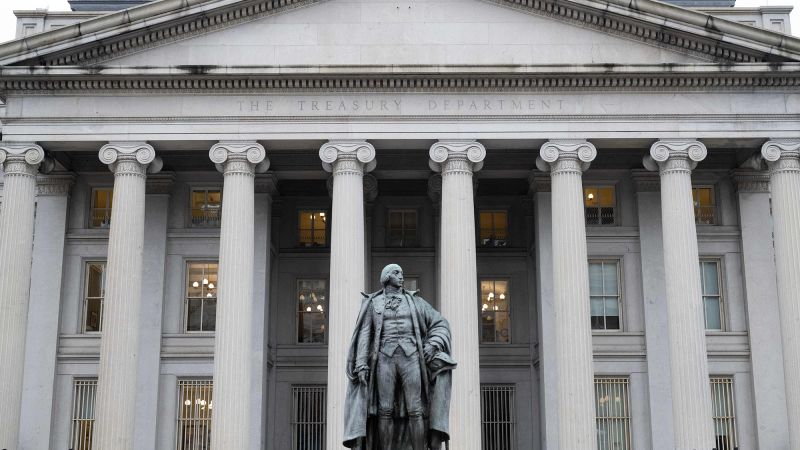The key borrowing rate for American consumers has recently spiked to levels not seen in months, with the yield on the benchmark 10-year US Treasury note surpassing 4% on Monday for the first time since August. This increase comes after a strong September jobs report last week led investors to revise their expectations for how much the Federal Reserve will cut rates this year. The yield reached 4.026% on Monday, following a rise to as high as 4.033% earlier in the day, and closed at 3.98% on Friday, up from 3.85% on Thursday.
Traders have adjusted their bets in response to the strong jobs report, now anticipating that the Fed will ease rates by a quarter point in both November and December. This shift in expectations has led to a more gradual pace of rate cuts than previously anticipated, with investors becoming more confident in steady job creation, robust economic growth, and a slower moderation of inflation. As a result, the Fed is now seen as easing policy more cautiously.
The increase in the 10-year yield is likely to impact both companies and everyday Americans, as it affects rates on mortgages, student loans, and car loans. This will result in higher costs for consumers looking to borrow for major purchases. The current economic outlook suggests ongoing growth and steady job creation, prompting the Fed to adjust its policy expectations accordingly. However, the trajectory of inflation remains a concern for some investors, particularly if a strong jobs report complicates efforts to bring inflation down to the Fed’s 2% target.
This week’s data releases, including the Consumer Price Index report for September and wholesale inflation figures, will offer further insights into the Fed’s potential rate decisions for the rest of the year. While inflation has cooled enough for the Fed to focus on maximizing employment, a hot jobs report could pose challenges in meeting the inflation target. Investors will closely monitor these indicators to gauge the Fed’s future actions and their implications for the overall economy.
Overall, the recent surge in the 10-year yield reflects changing market expectations following positive economic data, such as the strong September jobs report. This has led to a revised outlook on the Fed’s rate cuts, with investors now projecting a more gradual easing of policy. The impact of higher rates extends to consumers, who may experience increased borrowing costs across various sectors. As upcoming data releases shed light on inflation and economic trends, market participants will continue to adjust their expectations for future Fed actions and the broader economic landscape.


